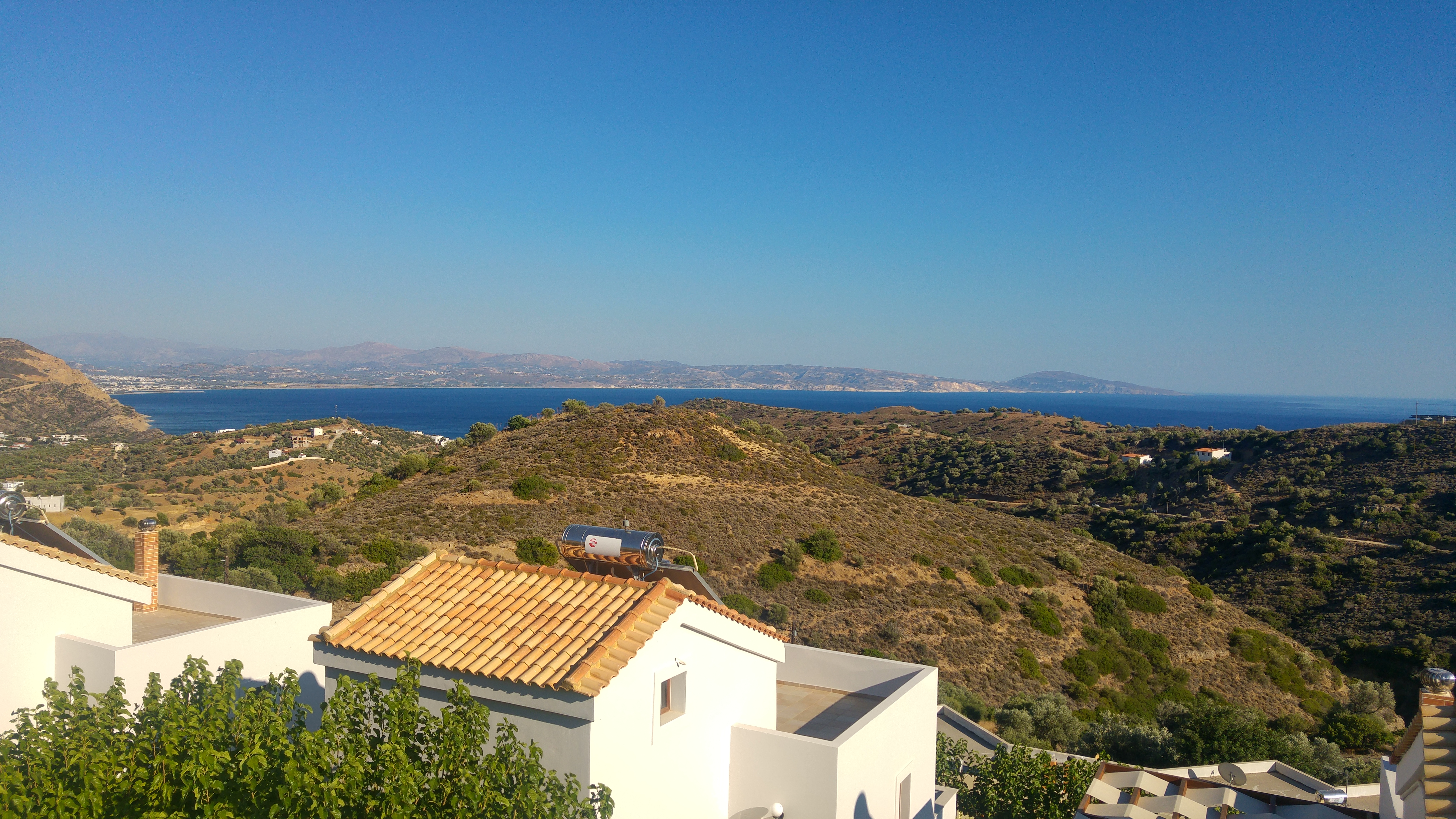
Figure 1. Lenikos resort at Agia Galini. View on Lybian See.
Introduction
Following the successful campaign in Revest du Bion during the Perseids 2016, I was looking forward to the summer of 2017. A Full Moon on August 8 meant poor conditions for the Perseids. Fortunately, this also meant that the conditions for the southern delta Aquariids and the Capricornids were good at the end of July. So I planned a vacation with my wife around the SDA and CAP maxima. With good memories of the end of July/early August 2001 (Chios Island) and 2003 (Crete) when I could successfully observe the southern summer meteor showers [1, 2 & 3] we decided to go back to Crete.
Preparations
I was looking for a quiet and dark location at the south coast of Crete. The north coast is not an option: there is too much light pollution due to the mass tourism present there. On the south coast there is also a great advantage that the northern wind coming from the mountains comes down and becomes very dry. We chose for the Lenikos resort. This resort got very high ratings on the different review sites. The resort is located 3 km northwest of the small town of Agia Galini at a height of more than 150 meters. From there you have a beautiful view over the (dark …) Libyan Sea. A glance at Europe’s light pollution maps (https://www.lightpollutionmap.info/) taught me that the conditions near the resort should be good. The resort itself seems to emit some light, but a few hundred meters to the west it must be good. I expected a slightly lighter sky to the east with some light pollution of the towns of Agia Galini, Lampi, Kokkinos Pyrgos and Tymbaki.
We chose a period of 10 days between July 24 and August 2.
Journey
On Monday, July 24, we flew to Heraklion in the night. Upon arriving we were able to pick up the hired car and we drove to Agia Galini. Over the resort nothing but good: the cottage was very complete including a very well-functioning air conditioning, the breakfasts were more a high tea event giving you Cretans’ crispy and sweet snacks every morning. The cottage was thoroughly cleaned every day and there were three swimming pools.
The sky looked a bit hazy on arrival and it was hot (36 C). The well-known hazy layer above the sea was also present and thick, which started at 20-25 degrees altitude. I planned shorter sessions for these observations because I was on holiday with my wife and wanted to see and do things during the daytime. That meant early in bed in the evening, sleep a few hours and sleep a few hours more after the session.
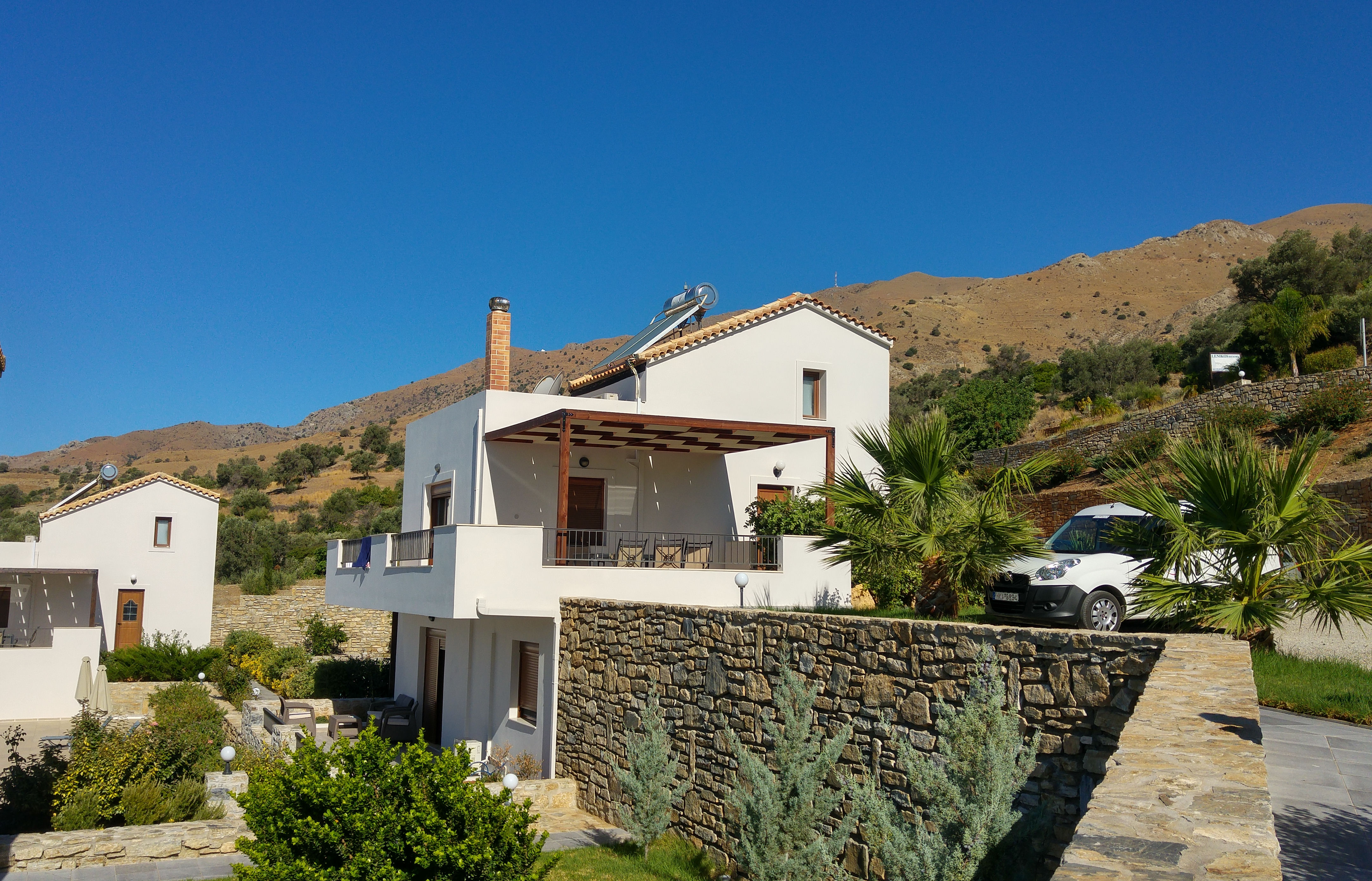
Figure 2. Our rented house at Lenikos Resort (Agia Galini, Crete, Greece)
Search for a observing site
At the end of the afternoon I searched the surroundings of the resort for a place where to observe. That was not easy. On the Google Maps it looked very promising but on spot it was difficult because everything was deposited with fences, bushes or trees. Or there is a house with loose dogs at night. I do not want to be disturbed during the observations, but I also do not want to be a source of disturbance for residents. A piece of “dirt-road” that starts at the resort which runs west is explored. I find a place with a nice view south. Only downside is that if there drive cars at night you will be disturbed. On the way back I find on a hill a piece of land that is not deposited with fences. On the left (east side) there are dense bushes that shield the possible lights of the resort. So that location would be my observing site!
The observations

Figure 3. The Milky way on July 28, 2017. Camera: Canon EOS 6D equipped with a Canon EF8-15 mm fish eye lens (F set @ 9 mm) F 2.8.
24/25 July
Although I was tired of the trip, I decided to make my first observations during the first night. It was also a matter to build a rhythm. The alarm clock was set at 22:30 UT (01:30 local time). Because it’s also warm at night at Crete (temperature staying well above the 25 C. degrees), I had a lightweight long pants (against insects) and a long sleeve T-shirt. A self-inflatable airbed and an improvised pillow (folded bath towel …). Because you dry out quickly, I also had a bottle of water. For the observations I had a DCF clock and a digital recording device.
Indeed, and unfortunately, the resort is “well” lit. I quickly walked the dirt road. I started the observation at 23:00 UT. The sky looked hazy, but wow, what an impressive milky way! The Lm is around 6.5 and 6.6. Indeed, the sky in the east is slightly lighter. But the south and especially west and north are dark.
Almost immediately meteors are seen. During the first hour the SDA’s were not so active, but in the second and last hour they were more active. When I stopped at 2:00 UT with exactly 3 hours of observation time I have observed 71 meteors. In addition, a lot of beautiful meteors: a -2 Capricornids punched through Pegasus, somewhat later a -1 Perseid in Delphinus and later just before the end a beautiful orange 0 magnitude Capricornid in Cetus. The highest SDA hourly count was 8, the Capricornids kept it quiet with 2 meteors an hour.
In the background, I heard the sheep in the neighborhood, some crickets and sometimes a dog. Occasionally, a car passed on the road that was 100 meters above me. Aircrafts were hardly seen. It was still warm at night, just like in 2003. When I stopped it was 25 degrees. You really notice that the ground radiates the heat it had during the day, resulting in a warm damp back….
25/26 July
During the day the sky became very hazy. At one point, the whole sky was milk white, such as a heavy calima on La Palma. When I was ready to start with the observations at 22:25 UT the sky was still very hazy. However, the sky improved a bit in the course of this session, with the lm rising from 6.3 to 6.4. I could observe 3.68 hours and counted 78 meteors despite the hazy-ness. The highest SDA count was 8 again, although the lm was 0.2 magnitudes lower. The previous and this night the SDAs were weak, with the brightest members of magnitude +2. The most beautiful meteors were observed at 23:54 UT when a fast sporadic fireball of -5 appeared at 10 degrees altitude in southern direction. At 01:20 UT a beautiful yellow magnitude 0 Capricornid appeared, which “crumbled” in a 2-degree glitter tail. Wow, that was a nice one!!
At 23:43 UT I felt a clear but brief vibration (a few seconds) in the ground. With the earthquake near Kos a week before in mind, I recorded the time to verify this later in the Netherlands. However, a few days later I got a confirmation via a Facebook friend. On the chart he sent it appeared that in three places around 23:43 UT light earthquakes (2.3 a 2.5 on the Richter scale) were observed. So they were also felt at my location.
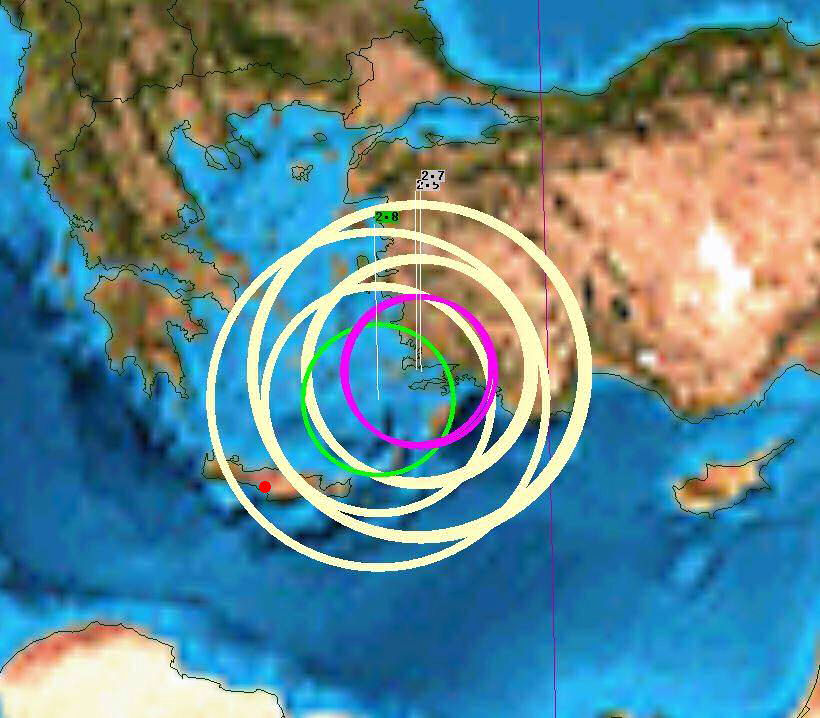
Figure 4. Map of july 25 at 23:43 UT earthquakes. The red dot on Crete is the authors location
26/27 July: no observations…
On July 26th, at the same time, two things happened: there was a strong northwestern wind. Above the mountains cumulus clouds appeared, spreading out southwards. At the same time, the haze was quickly disappearing. Unfortunately the cumulus clouds did not disappear in the evening. A short inspection of the sky at 22:00 UT: almost clouded out, so no observations this night. During the following day the then Northern wind became stronger and the cumulus clouds disappeared in the evening. The hazy layer above the sea was almost gone now. A very clear and blue sky promising dark skies during the coming night!
27/28 July
The alarm clock was set at 21:30 UT. A quick look out from the doorway: the stars of the Big Bear shining bright just above the mountains. Yes, this looked very good. Quickly to the observing site and started the observations at 21:50 UT. There was a strong northern wind blowing but what could I care about? Because the milky way was brilliant. Especially the part from Scutum to the Sagittarius. The well-known deepsky objects easily visible to the naked eye. During the last two hours, the zodiacal light was also visible, but because the slightly lighter sky in the eastern direction, not as beautiful as in Revest du Bion (southern France).
The meteor activity was of course a lot higher thanks to the very clear sky. During 4.28 hours, I counted 140 meteors. The SDA hourly counts increased to 12, the Capricornids up to 4, the Perseids to 10. The highest total count was 41 meteors. Nice stuff again, a -4 Perseid left behind a 5 second persistent train, but also a -2 SDA and -2 CAP were nice to watch
The gamma Draconids had an outburst last year [4]. If it would take place again this year, it should be around 6 UT, for Europe during daylight. Despite this, I was alert to gamma Draconids during this night I counted in the next four consecutive hours. 1, 2, 2 and 0 GDRs. The most beautiful GDR was a magnitude 0. Two of the GDR’s had a fluffy look.
28/29 July
The whole period after July 27 gave a very steady weather pattern: at day deep blue skies with sometimes a fast northern wind. At night crystal clear skies. The lm was always around 6.7. The SDAs were now around their maximum activity over the next three nights. That was noticeable with hourly counts up to 20 SDAs in an hour! The Capricornids had ball in the second hour (22:55 to 00:00 UT) with 11 Capricornids! The hours before and after the mentioned period I counted 3 (before) 2 and 4 CAPs (after). That already struck me in the field when I counted 4 Capricornids within 2 minutes around 23:42 UT.
This night no fireballs, yet another pair of Perseids of -1 and -2 were seen. However, the finest meteor was an Earthgrazer of +3 seen moving from the constellation of Phoenix (low southeast), via Pisces Austrinus, Capricornus and Aquila. In total, 183 meteors were observed in 4.27 hours.
29/30 July
This night was also crisp clear, lm 6.7. This night I took my Canon 6D and Canon EF 8-15 mm zoom fish eye lens with me. The SDAs displayed roughly the same hourly counts as the previous night. However, in the second hour, the numbers remained well behind compared with exactly the same period in the previous night. For only half an hour, only 1 SDA was seen. The next two hours gave the same activity as the previous night. Highlights this night were a -5 Capricornide at 23:57:25 UT near Pisces Austrinus. After the short -5 flare, the meteor fell into several fragments. In addition, a nice -1 SPO was seen, as well as some meteors from magnitude 0.
The all sky camera captured the -5 Capricornide and a possible -4 GDR just above the mountains. The total visual score this night is 177 meteors in 4.28 hours effectively.
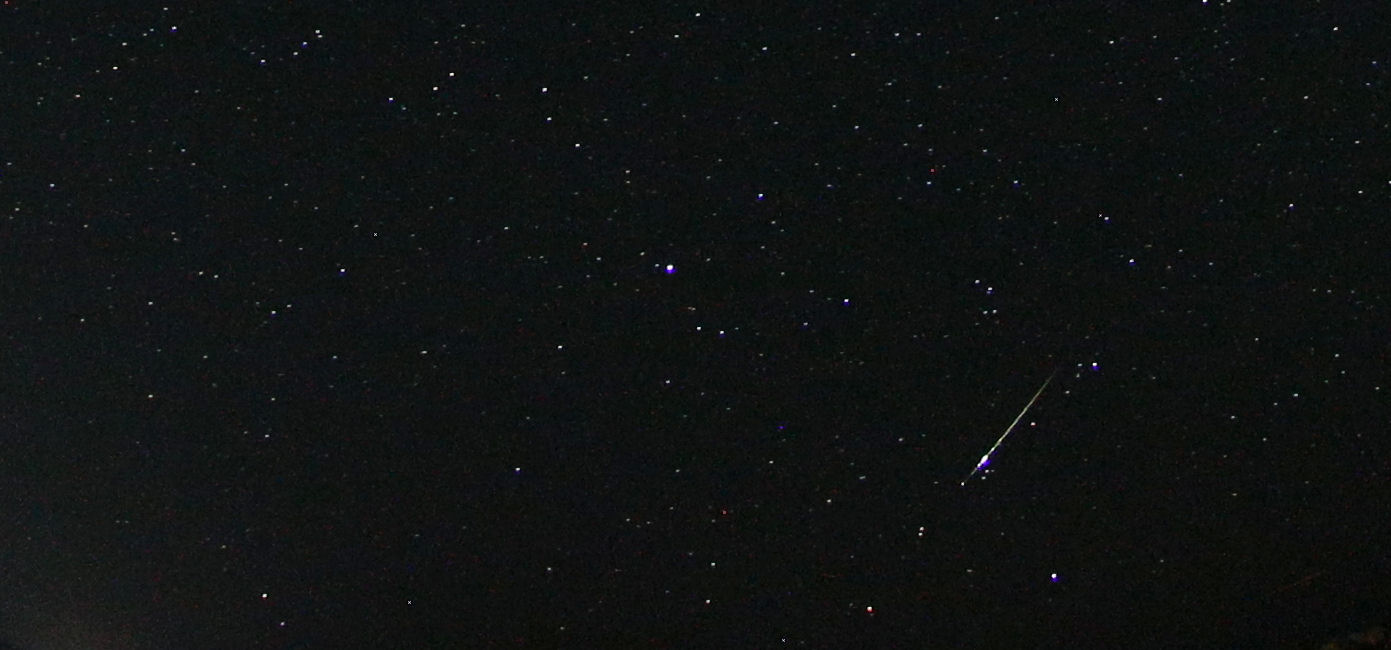
Figure 5. The alpha Capricornid of July 29 @23:57:25 UT.
Camera: Canon EOS 6D. Lens: Canon EF 8-15 mm zoom fish eye lens. The brightest star in the middle is Fomalhaut (Pisces Austrinus).
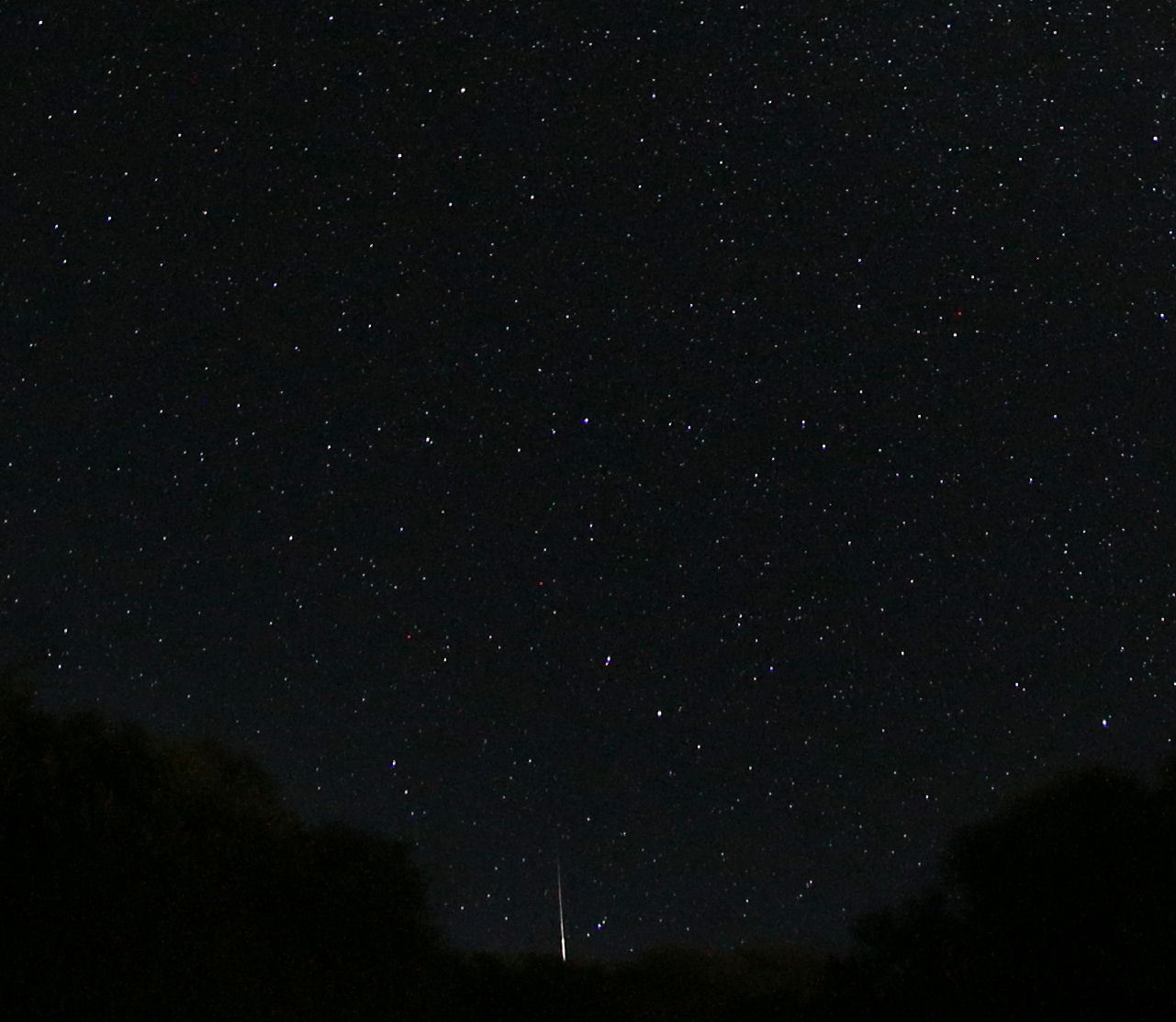
Figure 6. A possible Gamma Draconid on July 29, 2017 @ 21:12 UT.
Camera: Canon EOS 6D. Lens: Canon EF 8-15 mm zoom fish eye lens.
30/31 July
Same conditions as the previous night, lm 6.7. Now the SDAs show a bit lower activity with a maximum hourly count of 19. During this night many bright meteors were seen, so I really enjoyed the show!
22:51 UT: -7 CAP near Pisces Austrinus. The end flare put the southeastern sky into light!
00:19 UT: Near the SDA radiant appeared a -3 SDA. A very short path, almost a point meteor. At first I thought of a Iridium flare, but it went too fast.
00:41 UT: a -3 Perseid with 5 seconds persistent train in Pisces with two flares.
00:51 UT: a -2 Perseid in Pegasus
01:29 UT: a -4 Perseid in Cetus.
01:41 UT: -1 Perseid in Pegasus
01:57 UT: -1 SDA in Aries
And besides all this bright stuff, a whole lot of magnitude 0 and +1 meteors were seen. Furthermore, in the eastern direction, a nice series of Iridiums were seen up to magnitude -6. The all sky camera captured al bright meteors. One of them I did not see, a possible -4 KCG.

Figure 7. At the right a Capricornid fireball with bright endflare, 30 july 2017 @ 22:51 UT. At the left a bright Perseid captured 10 minutes later.
Camera: Canon EOS 6D. Lens: Canon EF 8-15 mm zoom fish eye lens.
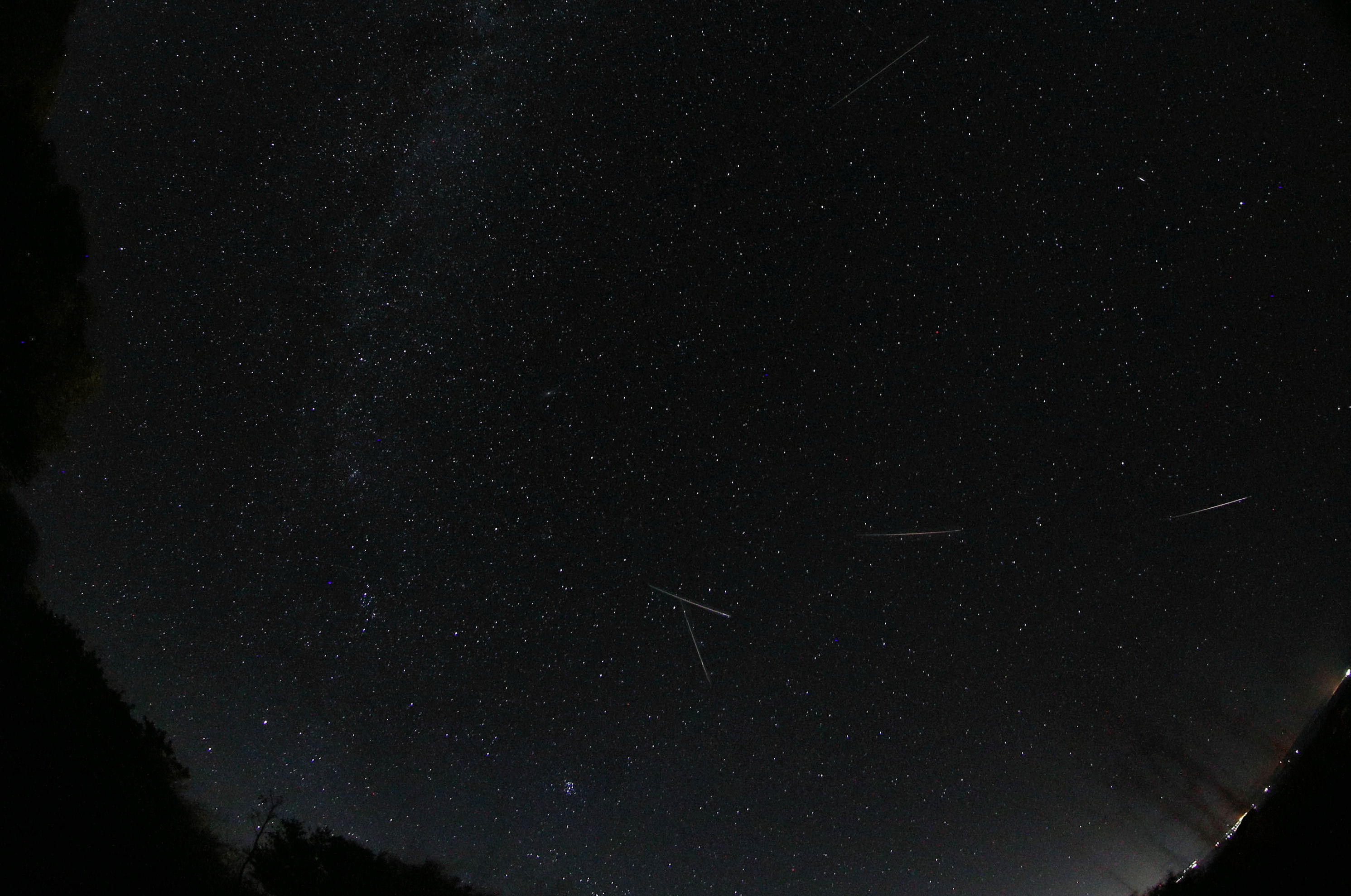
Figure 8. Compositie of al bright meteors photographed in the night of 30/31 july 2017.
4 Perseids are visible visible and a bright kappa Cygnid. Note the Southern Delta Aquariid as almost point meteor near the radiant.
Camera: Canon EOS 6D. Lens: Canon EF 8-15 mm zoom fish eye lens.
31 July/1 August
This night I started later because of the fast growing moon phase. When I started at 22:20 UT the moon was still low in the west, but already behind the mountains. The Lm was 6.4, but within a half hour it was 6.7 again. This night I really noticed that the SDAs had passed their maximum, as were the Capricornids as well. The maximum SDA hourly count was 11 versus the 19 SDA’s of the previous night.
There were also less bright meteors. A Perseid of magnitude -1 was the brightest meteor next to three magnitude 0 SDA’s. In total, 144 meteors were seen in 3.92 hours.
01/02 August
Last night at Crete and because of the moon again a shorter session. I could observe between 23:11 and 02:11 UT. During these three hours I counted another 103 meteors. Maximum hourly rate SDAs: 7. Despite the lower number of meteors now, many bright meteors were seen.
23:32 UT: -1 KCG in Delphinus
23:35 UT: -2 PER in Andromeda.
23:48 UT: -1 SDA in Pisces
23:56 UT: -1 SPO earthgrazer from Pegasus, Aquaris and Pisces Austrinus.
00:14 UT: -1 PER in Cassiopeia
01:13 UT: -1 SDA from Pegasus to Pisces
01:45 UT: Again a -1 SDA, in Pegasus
01:53 UT: Beautiful end of the Crete action: A -4 Capricornide appeared in Cygnus, showing three flares.
On Wednesday afternoon we left the resort by car to Heraklion. After a very long period of waiting at the airport, we could fly back to Schiphol at 3 o’clock at night. When we landed it rained … jup, we are back in the Netherlands …
Summary
I can look back on a very successful observing campaign. From the 9 nights there were eight clear. I could observe during 30.73 hours, resulting in 1077 meteors. Table 1 summarizes all collected data.
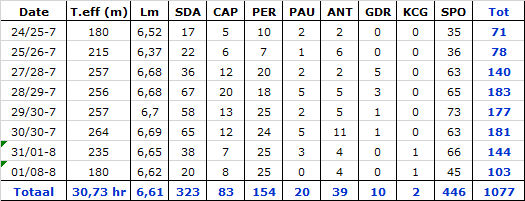
Table 1. Overview of meteor observations Koen Miskotte
Referenties
[1] Miskotte K., Meteoren waarnemen vanaf Chios eiland, Radiant 24-4 (2002), blz. 80-83
[2] Miskotte K., Meteoren waarnemen op Kreta, Zenit juli/augustus 2004, blz. 375-376
[3] Johannink C., Miskotte K., Jobse K., Resultaten van de Aquariiden-campagne op La Palma juli 2008, eRadiant 2008-4, blz. 98-107 (figuur 4)
[3] Roggemans, P., Outburst of July gamma Draconids, eMeteorNews 2016-2, p. 80-81

